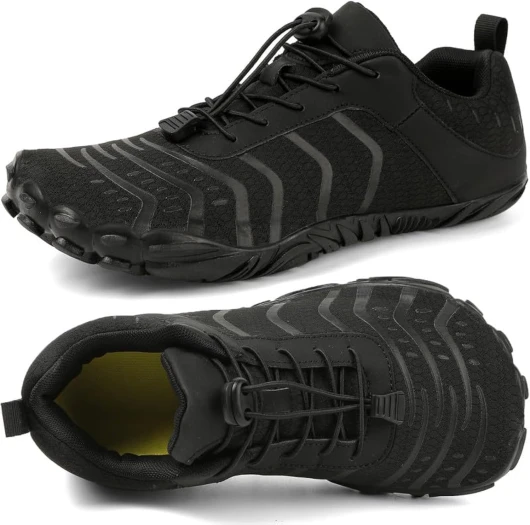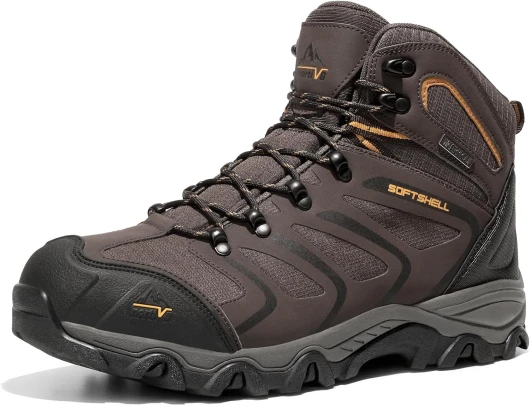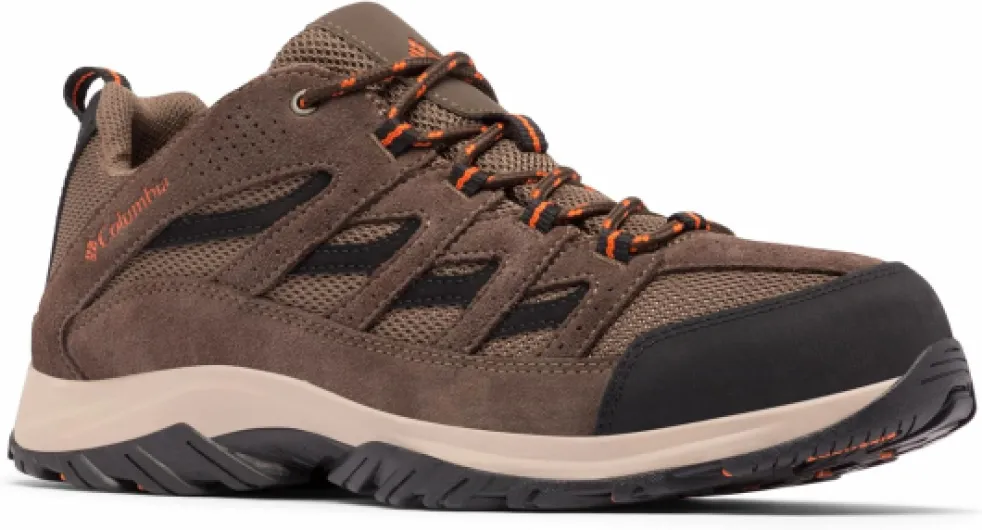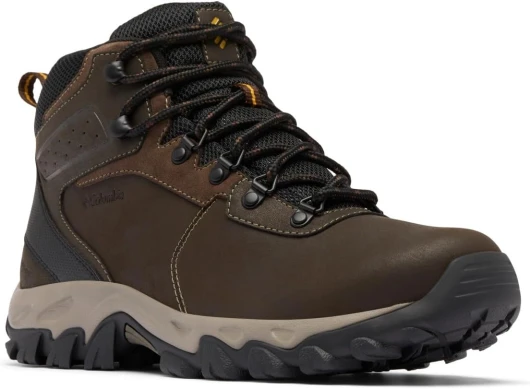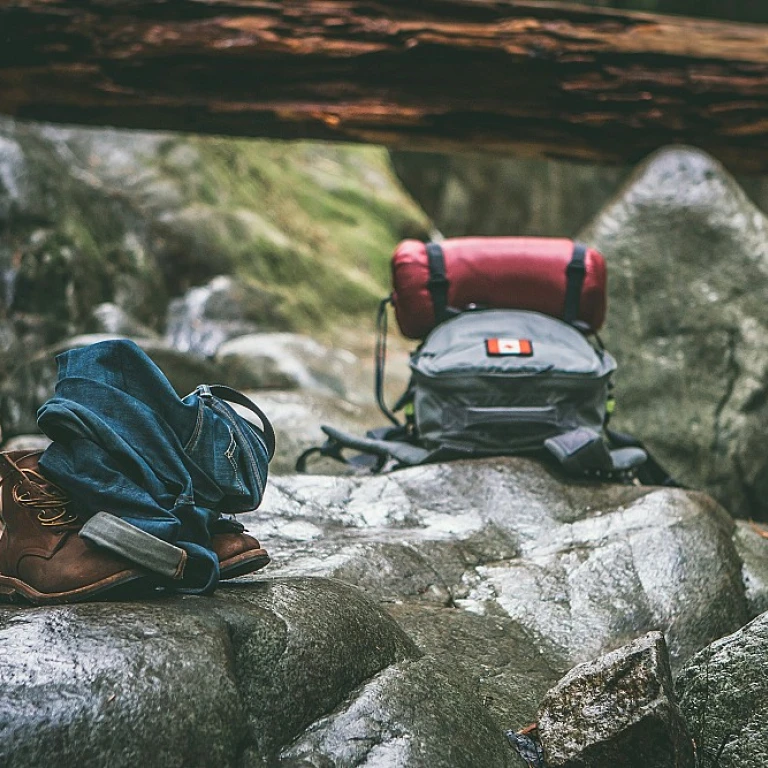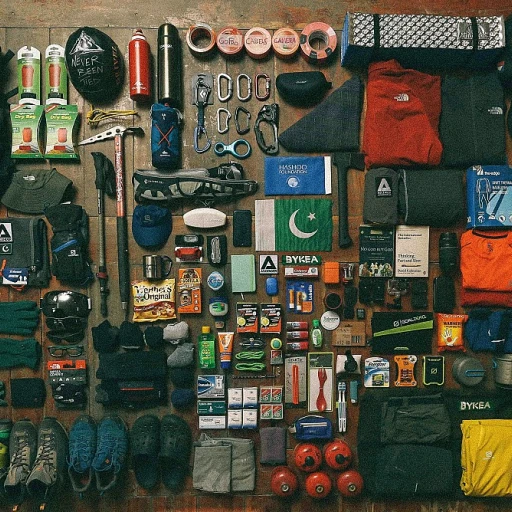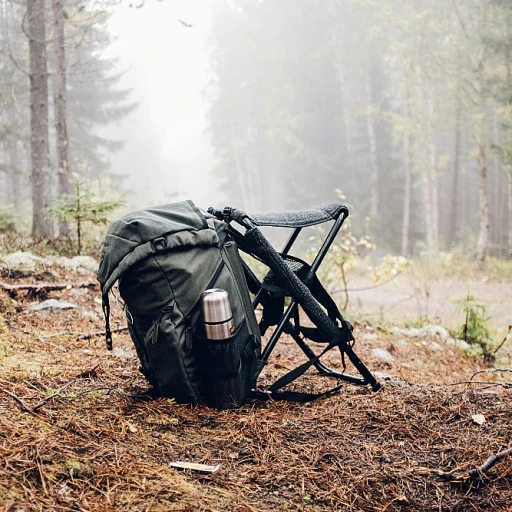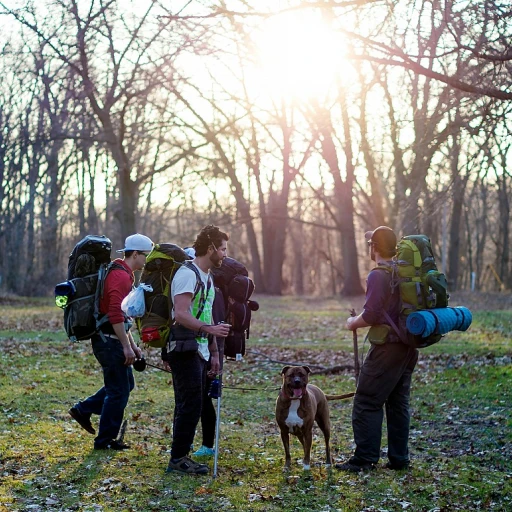
Understanding Bunions and Their Impact on Hiking
Recognizing the Strain of Bunions During Hiking
For hiking enthusiasts with bunions, understanding the impact of this condition on your feet is essential to ensure comfort and prevent pain during your adventures. Bunions, also known as hallux valgus, are bony bumps that form on the joint at the base of your big toe. They can cause significant discomfort, especially during long hikes where the pressure and friction inside shoes are unavoidable. When dealing with bunions, the fit and structure of your hiking boots become crucial. The pressure exerted on the bony protrusion by tight footwear can lead to foot pain, while inadequate support can exacerbate the misalignment of the toe. A wide toe box is often recommended to accommodate the bunion comfortably and allow for natural movement of your foot. Opting for cushioned soles can also help minimize the pressure on sensitive areas, providing more comfort during extensive hikes. It's important to find shoes that offer ample arch support and stability features. Some hikers find relief in barefoot shoes that promote natural foot movement, reducing friction around the bunion. A carefully chosen pair of hiking boots can make a significant difference in alleviating the discomfort associated with bunions. For those embarking on their next hiking trip, looking into exploring the benefits of the X Ultra 4 Mid Gore-Tex for hikers might offer insight into options that provide the right balance of support, flexibility, and space needed to mitigate bunion-related issues. As you consider various options, remember that shoes accommodating bunions can be both stylish and supportive, ensuring your outdoor activities are both enjoyable and healthy for your feet. In the next sections, we'll delve into specific features and brands that cater to bunion-friendly footwear as well as tips on breaking in your new hiking shoes.Key Features to Look for in Hiking Shoes for Bunions
Essential Shoe Features for Comfort and Relief
When it comes to hiking boots suited for bunion relief, selecting the right features is crucial for comfort and minimizing pain. One of the primary considerations is choosing shoes with a wide toe box. This design element provides ample space around the toes, accommodating the big toe and preventing unnecessary pressure on bunions, a common issue with narrow footwear. A box that is wide ensures that your toes have room to move naturally, reducing foot pain and enhancing overall foot health.
Another vital feature is cushioned soles. These provide the necessary shock absorption during hikes, alleviating the pressure that exacerbates pain associated with hallux valgus. A well-cushioned sole can make all the difference, especially when navigating rough terrains. Also, seek options with excellent arch support, as this contributes to reducing the strain on your feet and supports natural movement.
Fitting your shoes correctly is paramount. Ensuring a snug fit around the heel while having enough room for the toes helps in maintaining stability and reduces the likelihood of developing foot pain. Opt for shoes that offer adjustable FASTENINGS like laces or straps, allowing you to customize the fit as needed which adds to the overall comfort.
Boots with a focus on breathability can aid in reducing moisture and keeping your feet dry, an element often overlooked but incredibly important for long hikes. For the best results, consider brands that are known for manufacturing shoes with such features. If you're contemplating hiking in wet or variable weather conditions, reviewing the benefits of specific hiking boots like the X Ultra 4 Mid Gore-Tex could provide valuable insights into the optimal footwear.
Ultimately, when choosing footwear to accommodate bunions, consider all these supportive features in combination to aid in a pain-free hiking experience.
Top Hiking Shoe Brands Offering Bunion-Friendly Options
Leading Brands Offering Comfort and Support
When it comes to hiking shoes designed to alleviate bunion discomfort, certain brands stand out for their commitment to foot health and comfort. These manufacturers offer features such as wide toe boxes, cushioned soles, and robust arch support that cater specifically to those dealing with bunions.- Altra: Known for their wide toe box and cushioned soles, Altra’s footwear promotes natural movement. Their designs support a more barefoot experience, which can be beneficial for reducing pressure around the big toe.
- Keen: With a reputation for sturdy and versatile hiking boots, Keen provides options with stability features to ensure a good fit. Many hikers choose Keen for their durable construction and availability in wider sizes to accommodate bunions.
- Brooks: Though traditionally a running shoe company, Brooks has expanded into the hiking market. Their shoes offer great support with a focus on reducing foot pain, making them an excellent choice for those dealing with bunions.
- Oboz: This brand emphasizes arch support and offers shoes built to last. The inside shoe design caters to the unique foot structure of those with bunions, ensuring minimal pressure on the toes.
Customizing Your Hiking Shoes for Maximum Comfort
Enhancing Comfort with Tailored Hiking Shoe Adjustments
To ensure maximum comfort while hiking with bunions, customizing your shoes to accommodate your foot's unique needs is crucial. This process involves more than just choosing the right size and support features; it's about making your shoes truly work for you.- Cushioned Insoles: First and foremost, consider investing in cushioned insoles. Inserts specifically designed for hiking boots can offer enhanced shock absorption, helping to relieve pressure on the ball of your foot and the bunion area.
- Wide Toe Box: Opt for hiking boots or shoes that come with a wide toe box. This design allows your toes to move naturally and reduces the pressure on your big toe joint, providing much-needed relief from pain and discomfort.
- Adjustable Lacing Systems: Look for hiking shoes with adjustable lacing systems. These allow you to customize the fit across your foot, taking into account any swelling or pressure points you might experience during a long trek.
- Orthotic Inserts: For those with severe foot pain or hallux valgus, orthotic inserts might be a consideration. These can provide additional arch support and stabilize your foot inside the shoe, promoting natural movement and reducing strain on your toes.
- Break-In Period: Lastly, give your new shoes some time to adapt to your feet. A break-in period can help mold the boots to your foot size and shape, lessening the likelihood of discomfort or blisters on your hike.
Tips for Breaking in Your Hiking Shoes
Finding the Perfect Fit for Optimal Comfort
Breaking in your new hiking shoes is essential to prevent foot pain and ensure support during your outdoor adventures. When dealing with bunions, this process can be even more crucial, as the wrong fit can exacerbate pain and discomfort.
- Start Indoors: Begin by wearing your new shoes around the house. This allows your feet to adapt to the shoes' shape and helps identify any pressure points, especially around the toes and heel.
- Gradual Increase in Wear Time: Incrementally increase the duration you wear your footwear. A gradual approach aids in preventing foot pain and accommodates the adjustment period for your bunions.
- Use Protective Measures: Consider cushioned insoles or bunion pads inside the shoe for extra support and pressure relief. This helps in maintaining the natural movement of your foot while keeping the big toe area comfortable.
- Monitor Toe Box Comfort: Pay attention to the toe box. A wide toe box can prevent unnecessary pressure on your bunions, providing room for natural foot movement and reducing the risk of discomfort.
- Outdoor Trials: Once you feel comfortable indoors, take your shoes for short hikes. Focus on varied terrains to assess stability features and ensure the wide options continue to support your feet effectively.
Remember, finding the best fit isn't a one-size-fits-all solution. Take time to ensure your hiking boots accommodate your specific needs, especially when considering features like cushioned soles and arch support. Keep in mind previous hiking experiences and consider input from others who have shared their successful shoe options in real-life scenarios.

